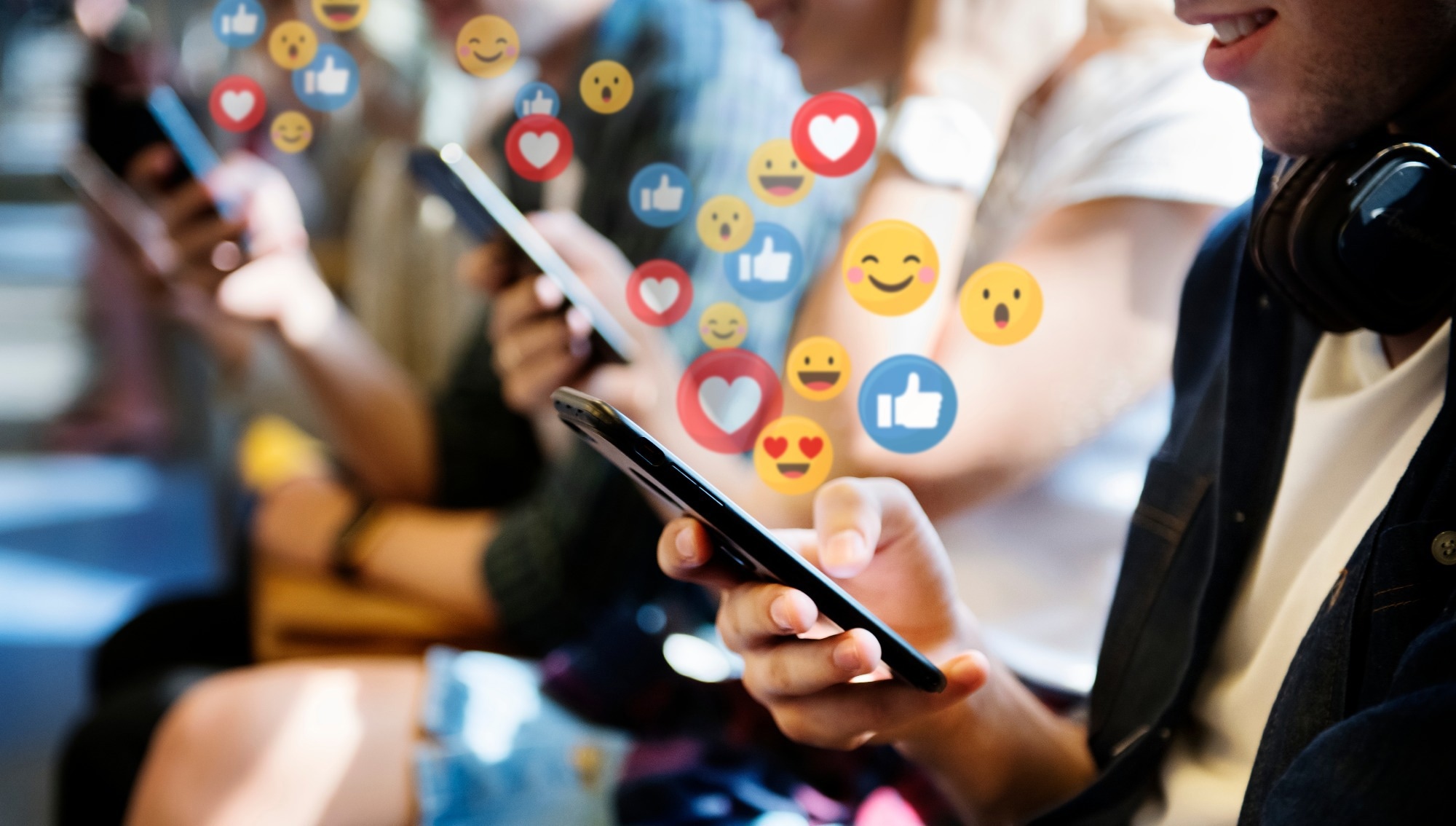In a recent study published in the Eating Behaviors journal, researchers assessed the impact of social media (SM) usage on body image and disordered eating behaviors.

Study: The impact of social media use on body image and disordered eating behaviors: Content matters more than duration of exposure. Image Credit: Rawpixel.com /Shutterstock.com
Background
SM usage has increased in the past decade, with around 72% of adults in the United States (US) reporting using at least one SM network in 2021.
The coronavirus disease 2019 (COVID-19) pandemic may have contributed to the increasing use of SM, especially in the young population.
While SM offers benefits such as social interactions and peer support, growing evidence suggests the potential negative impact of SM on mental health and quality of life, including possible associations of SM usage with disordered eating and poor body image.
About the study
The present study estimated SM usage patterns, disordered eating behaviors, and body image disturbances by surveying two diverse cohorts of undergraduate students in 2015 and 2022. Participants reported gender, age, race/ethnicity, weight, height, the number and type of SM accounts, and the time spent on each SM platform.
The 13-item body appreciation scale (BAS) was used to quantify participants' respect for and acceptance of their bodies. The six-item fear of negative appearance evaluation scale (FNAES) was used to examine participants' concerns about negative appearance evaluation by people.
The frequency of binge eating, laxative use, and vomiting in the past 28 days was quantified using the eating disorder examination questionnaire (EDE-Q).
In 2022, participants described the impact of the COVID-19 pandemic on SM use. They indicated if the SM networks allowed them to view diverse content and how much they sought content on weight loss and body positivity. Demographics and SM patterns were compared using chi-squared and independent sample t-tests.
Changes in SM usage and measures of disordered eating and body image were examined using univariate analyses of variance (ANOVAs). Multiple regression analyses were performed using the 2022 data to test if SM usage, content, or their interactions could predict disordered eating and body dissatisfaction.
Findings
Participants did not significantly differ in average age and BMI in the 2015 and 2022 cohorts. Respondents in 2022 were more racially/ethnically diverse than their 2015 counterparts.
The authors noted that participants in the 2022 cohort spent more time daily on SM networks than the 2015 participants.
Moreover, females had higher SM usage and more SM accounts at either time. Participants in 2022 were more likely to use TikTok, YouTube, and Snapchat and less likely to use Twitter and Facebook compared to 2015 participants. The usage of Instagram was similar between the two samples.
In the 2022 cohort, 64% of participants reported using more SM since the pandemic began, 22.6% indicated no pandemic-related changes, and 11% reported decreased usage.
Over 31% of participants reported positive impacts of the pandemic, 29% reported negative, and 37.6% reported no impact.
Notably, respondents in 2022 reported greater body image disturbances than in 2015. Females had lower BAS scores and greater fear of negative appearance evaluation.
Participants in 2022 had a higher frequency of laxative use and vomiting. Most participants (87%) in 2022 revealed that SM networks allowed diverse content and included people who looked like them.
Many participants reported seeking specific content related to body positivity (31%) and weight loss (23%) on SM platforms, with females being more likely than males to seek such content.
These participants had higher BMI, greater fear of negative appearance evaluation, lower body appreciation, and higher frequency of laxative use and binge eating.
Time spent on SM networks showed an inverse association with BAS scores and a positive association with BMI. The team observed significant effects of exposure to SM content related to weight loss on FNAES and BAS scores and binge eating frequency. Respondents who spent more time on SM had high binge eating frequency only if exposed to content related to weight loss.
Conclusions
In summary, participants in 2022 spent more time on SM and had more SM accounts than the 2015 respondents. Many attributed these changes partly to the impact of the COVID-19 pandemic and had greater disordered eating behaviors and body image disturbances than the 2015 participants.
Time spent and the number of SM accounts were unrelated to outcomes. Viewing body positivity or neutrality content on SM had no meaningful effects.
Nonetheless, exposure to weight loss content on SM was associated with greater fear of negative appearance evaluation, lower body appreciation, and higher binge eating frequency.
The findings suggest that interventions to target the negative consequences of social media should focus on addressing content consumed rather than time spent on social media.